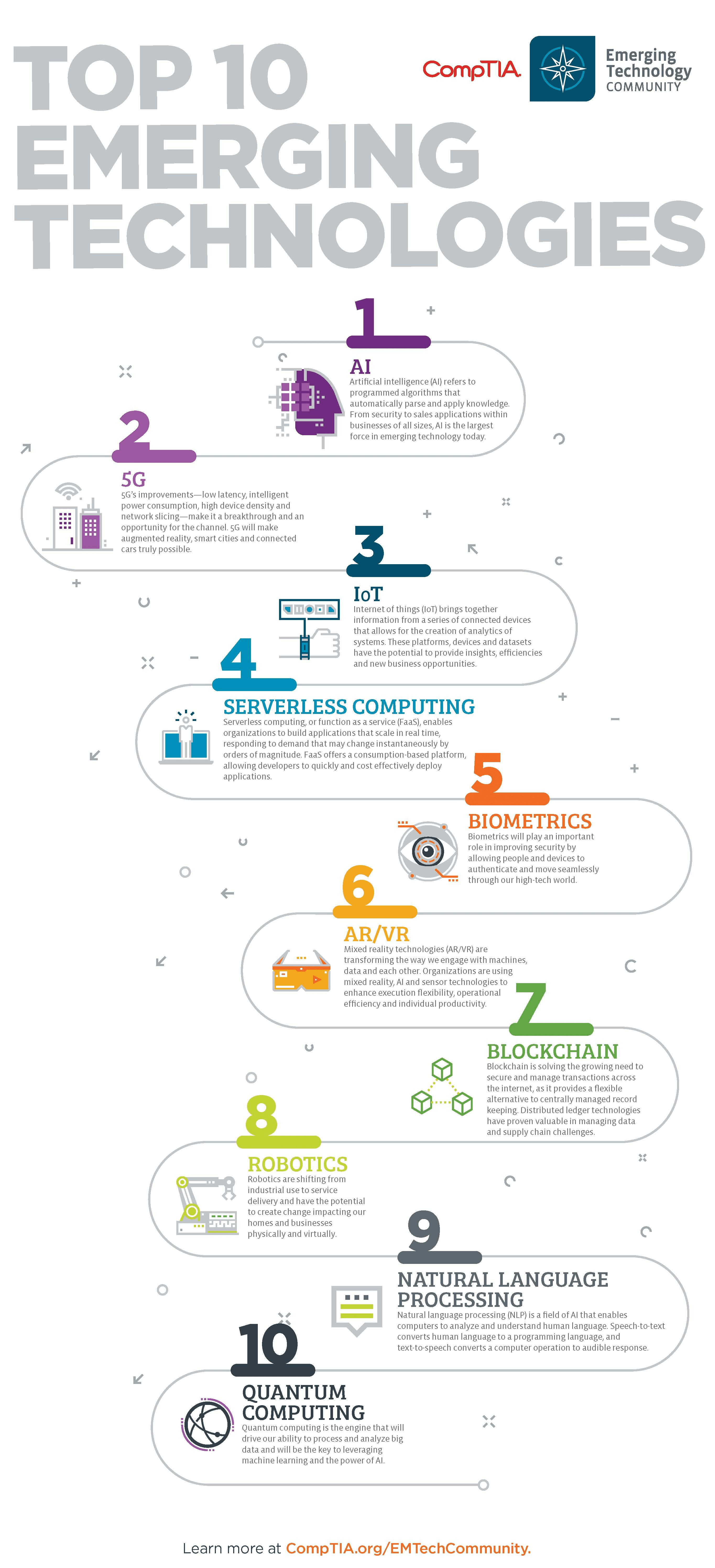Virtual reality technology is revolutionizing the education sector, providing new and innovative ways for students to learn and absorb information. This immersive technology is enhancing student engagement, improving retention, and fostering inclusivity. With virtual reality, students can take educational trips without leaving their classroom, visualize complex abstract concepts, develop empathy skills, prepare themselves for future careers, and experiment with creative thinking. Additionally, virtual reality eliminates physical barriers, enabling students from different backgrounds and cultures to learn from each other and provides a safe, low-cost environment for students to practice critical decision-making skills. Virtual reality technology will continue to play a significant role in shaping the future of advanced learning, bridging engagement with instruction, and providing a transformative educational experience.
10 Ways Virtual Reality Technology is Changing the Way We Learn
The impact of virtual reality technology on education is immense and far-reaching. As virtual reality continues to become more popular, it is rapidly changing the way we learn, both in and outside of the classroom. VR technology is already having a positive impact on the way students learn and absorb information, make decisions, and maintain focus. Here are 10 ways that virtual reality technology is changing the way we learn:
1. Virtual Field Trips
Virtual Reality (VR) technology is allowing students to take educational field trips without ever leaving the classroom. Students can journey through simulations of historical events, travel the world, and virtually visit places and landmarks they might not otherwise have the opportunity to go to. This provides a more immersive, engaging, and cost-effective way to explore history, geography, and science.
2. Making the Abstract Concrete
Virtual reality can help students visualize and understand complex or abstract concepts by making them more tangible and memorable. For example, through VR technology, students can navigate the human body, experience the physics of gravity, and witness chemical reactions in a way that would be impossible or dangerous in reality. This enhances students’ understanding and retention of these concepts.
3. Improving Focus and Engagement
VR technology is an excellent tool for keeping students engaged in their studies due to the interactive and immersive nature of the technology. Immersive learning experiences not only improve concentration but make learning relevant to students which results in better educational attainment.
4. Visualizing Data and Information
Virtual reality technology allows students to visualize data and information in new ways, making it easier to understand and analyze complex data sets. This improves the way students engage with and understand large amounts of information such as graphs and infographics.
5. Fostering Inclusivity
VR technology can help make learning more inclusive by providing students with immersive experiences that can help break down cultural and language barriers. By incorporating virtual reality technology into classrooms, students from different backgrounds and cultures can share valuable experiences and learn from each other on a deeper level.
6. Enhancing Social Learning
Collaborative learning in a traditional classroom setting is essential and often challenging in which students work together on projects or engage in discussion. VR technology can be used in classrooms to further improve social learning by reducing the barriers of time and space. Virtual reality tools and programs designed for collaborative learning allow students to communicate, problem-solve, and work together on a project, in real-time, regardless of their location.
7. Cognitive Rehearsal
Virtual reality can be used as a form of cognitive rehearsal, allowing learners to receive feedback on their decision-making. VR technology places students in simulations where decision-making is required. In these environments, learners can practice critical, high-stress decisions in a safe space, allowing for safe learning under different scenarios.
8. Career Preparation
Virtual Reality (VR) technology can help students improve their career readiness by providing a platform for students to experience a virtual workplace. Students can explore career paths by participating in simulations that expose them to different career environments and scenarios. Through these simulations, students can take a realistic look at different career choices and then make informed decisions based on their experiences.
9. Developing Empathy Skills
Virtual reality technology can offer a unique perspective on empathy-building for students. In this digital age, we tend to rely on electronic communication, reducing our sense of social emotional connection. To prevent this sense from diminishing in students, VR technology can be used to help develop empathy by placing students in situations which require them to understand different perspectives and problems. This builds their ability to empathize with others and communicate with them effectively in a real-world context.
10. Encouraging Creativity and Experimentation
Virtual reality encourages students to experiment and explore, independently creating their learning experience and discovering new things through interaction and exploration. VR technology enables students to explore and execute ideas that might be deemed too expensive or impractical in real life, making them feel free to take risks and explore their creativity within a safe, low-cost, and low-risk environment.
Conclusion
Virtual reality technology has created a paradigm shift as it transforms how students learn, which increases collaboration, student engagement, and enhances teacher-student interaction positively. VR technology will undoubtedly be seen as a significant contributor to learning in the future and will play a prominent role in shaping the next generation of advanced learning. The educational landscape has changed without question with virtual reality technology providing a significant opportunity, bridging engagement with instruction and helping learners build connections and become more immersed with the curriculum.
